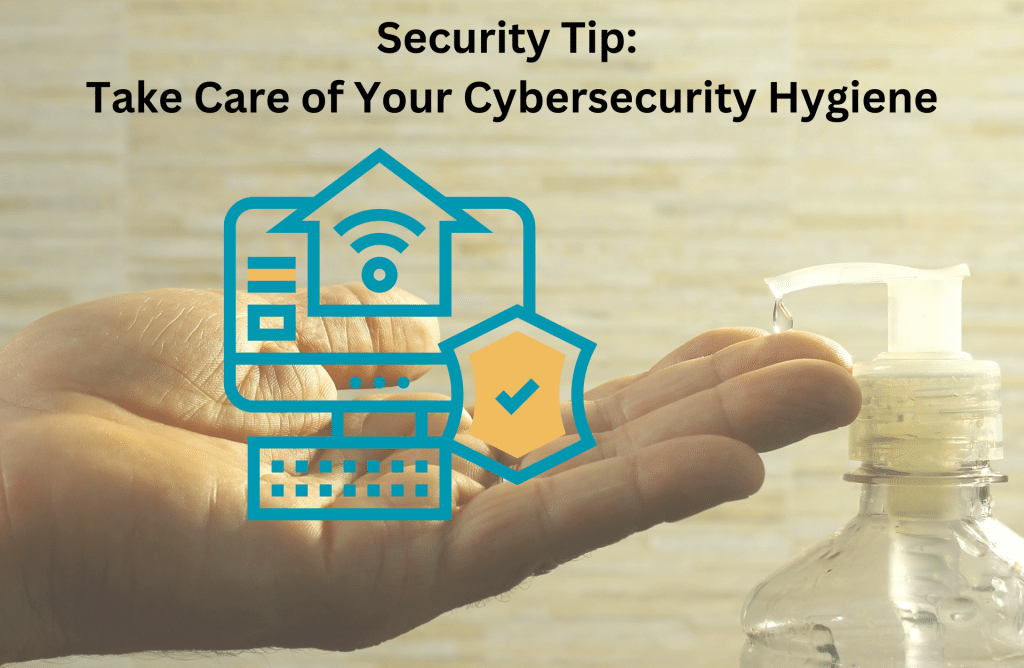Importance of Evolving Cybersecurity Hygiene Stressed
In a conference held recently, Chief Information Security Officer of Wisconsin-Troy Stairwalt pushed one of the very important security tips. It is the need for cyber hygiene practices to be adapted. This is alongside evolving cyber threats and regulatory demands. Cybersecurity experts at the Billington State and Local Cybersecurity Summit in Washington, D.C., emphasized the need for cybersecurity hygiene to be strengthened. It is in response to the increasing sophistication of cyber threats. According to Colin Ahern, the Chief Cyber Officer for the state of New York, there is an inseparable link between security and reliability. Furthermore, it was stressed that a system cannot be secure if it’s not reliable, and vice versa.

Security Tips
What is cybersecurity hygiene and why is it necessary?
The term “cybersecurity hygiene” means the practices and strategies needed to ensure safety, security and well-being of users, devices, networks, and data in the digital realm. It includes periodic maintenance and updates and adherence to security protocols.
Accordingly, there is now a shift in the past focus on the part of threat actors. It has moved on from financially driven cybercriminals to present-day concerns about nation-state hackers using hacking techniques for more destructive purposes. This involves targeting critical infrastructure with espionage tactics.
Because of this, past cybersecurity measures and security tips applied a decade ago are now considered moot in face of the current threat landscape. Ahern underlines the imperative for businesses and organizations to continuously reassess their security postures in light of evolving threats as well as technological advancements.
Danger of neglecting cybersecurity hygiene
A primary example of the dangers coming from disregarding cybersecurity hygiene was clearly shown during a cyberattack on the Municipal Water Authority in Aliquippa, Pennsylvania. An alleged, Iranian-backed hacking group took advantage of the default passwords to compromise a water utility station. This incident stresses the importance of another security tip, which is being proactive in cybersecurity measures. This should include changing passwords and implementing multi-factor authentication security protocols.
What are the best practices to achieve good cybersecurity hygiene?
Stairwalt recommends exercising best practices. This includes strong passwords and regular software updates. Similarly, using multi-factor authentication is also a fundamental component of cyber hygiene. He says that a proactive “fast attack, fast response” approach to cybersecurity preparedness, stressing the need for continuous evaluation and adaptation to emerging threats.
Shared responsibility towards achieving good cybersecurity hygiene
Furthermore, Stairwalt lambasts the prevalent lack of a shared-responsibility model for cloud management. This responsibility should land among state and local governments, emphasizing the importance of fostering a massive understanding of cybersecurity. Public sector entities, across all levels, must have knowledge about this . He stresses the important role of cybersecurity officers in bridging the gap between technical expertise and broader organizational understanding. Thereby advocating for increased cyber awareness and collaboration to bolster overall cyber resilience.
Get in touch with the expert!
If you and your business are at risk or is unsure on how to build and maintain your cybersecurity, then call us now! We will help you protect your business from these threats.
